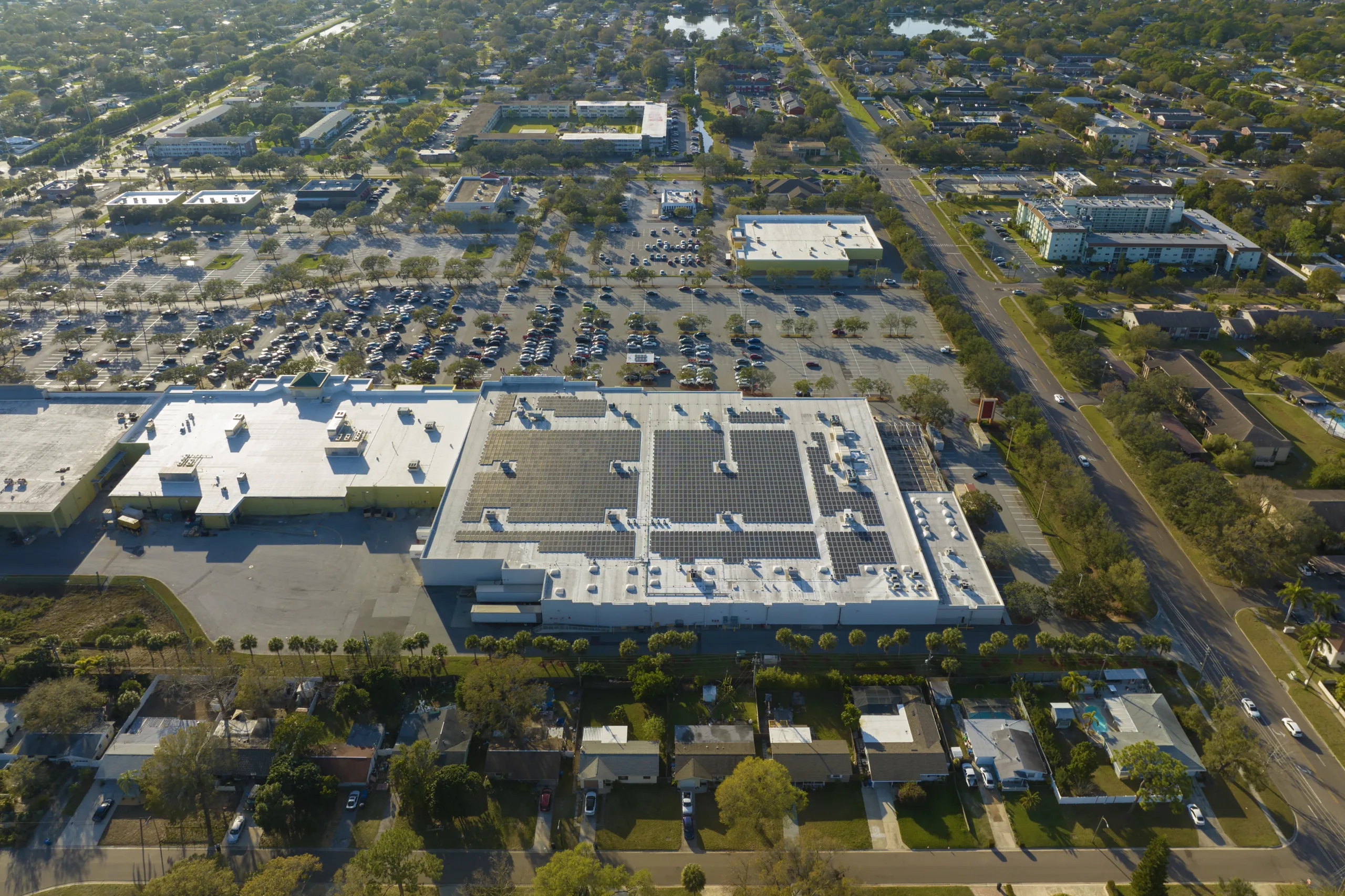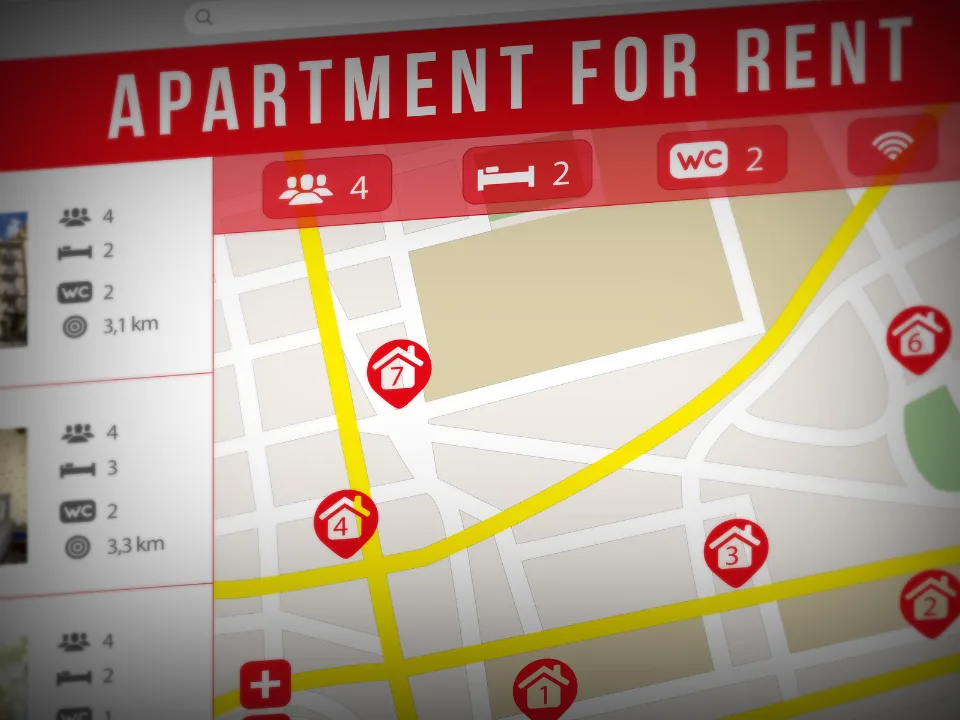- Trade uncertainty is dampening industrial real estate demand, with net absorption expected to stay nearly flat through late 2025.
- New supply continues to outpace demand, intensifying vacancy pressures across logistics and warehouse markets.
- Legal and policy volatility around tariffs is stalling leasing decisions, as companies await clarity on trade regulations.
- Construction activity is down sharply, signaling reduced confidence, with active development at less than half of 2022’s peak.
Outlook Muddied By Policy And Legal Battles
NAIOP’s latest Industrial Space Demand Forecast paints a cautious picture for the sector, reports GlobeSt. Trade policies continue to shift, creating uncertainty in the market. At the same time, legal challenges are progressing through the courts. As a result, logistics operators, importers, and tenants are delaying long-term real estate commitments. The Trump administration’s contested tariff strategy is currently awaiting a Supreme Court ruling, prolonging the sector’s uncertainty.
Supply-Demand Imbalance Grows
Demand remains muted, yet developers are still bringing new space to market. In the first half of 2025, nearly 195M SF of industrial space was delivered. However, only 13.5M SF was actually absorbed. This growing mismatch has pressured vacancy rates and contributed to a broad market cooldown.
Meanwhile, construction is slowing dramatically. Just 466M SF are currently under development, down from a peak of 1B SF in late 2022. That figure now aligns more closely with pre-pandemic construction levels last seen in 2019.
Get Smarter about what matters in CRE
Stay ahead of trends in commercial real estate with CRE Daily – the free newsletter delivering everything you need to start your day in just 5-minutes
Two Scenarios, One Uncertain Future
NAIOP’s forecast includes two potential paths:
- Baseline case (no recession): Weak absorption persists through early 2026, followed by a rebound with over 60M SF absorbed by year-end 2026.
- Recession case: Leasing activity dips further into negative territory through early 2026, with slower recovery thereafter.
NAIOP tested its model using out-of-sample data to measure potential outcomes. The results showed absorption could range from negative 34M to positive 25M SF in the second half of 2026. This highlights the high level of unpredictability in the market.
Why It Matters
For developers, investors, and occupiers, current conditions highlight the difficulty of making forward-looking decisions amid economic and policy volatility. Elevated tariffs are expected to remain in place. However, without legal and political clarity, the industrial market will likely stay sluggish and uneven.
What’s Next
Attention is now on the Supreme Court’s upcoming decision on trade authority. The ruling could influence tariff policy and impact industrial leasing behavior for years to come. In the meantime, the sector’s recovery appears delayed but not derailed, with long-term fundamentals remaining relatively intact despite near-term headwinds.


















